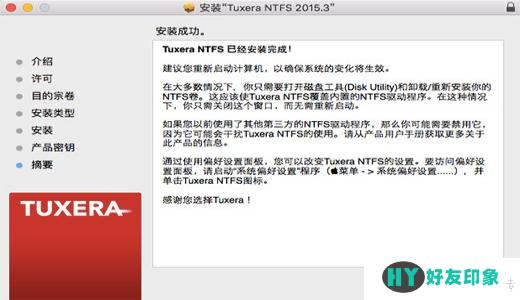

发布时间:2023-08-26 21:04:25源自:http://www.haoyouyinxiang.com作者:好友印象大全阅读(131)

NTFS for DOS: A Powerful Tool for Operating NTFS File Systems
NTFS for DOS is a remarkable software that allows users to access and manipulate NTFS file systems using a DOS environment. NTFS, which stands for New Technology File System, is the default file system used by modern Windows operating systems. With NTFS for DOS, users can perform various operations on NTFS partitions, such as reading, writing, formatting, and repairing. This article will explore the features, installation process, and usage of NTFS for DOS.
Features of NTFS for DOS
NTFS for DOS offers a wide range of features that make it a valuable tool for managing NTFS file systems. Some of the key features include:
Read and write access to NTFS partitions
Formatting NTFS partitions
Repairing damaged NTFS partitions
Creating and deleting files and directories
Copying, moving, and renaming files
Setting file attributes and permissions
Viewing and editing file contents
These features provide users with full control over NTFS partitions, enabling them to perform various operations efficiently.
Installation Process
Installing NTFS for DOS is a straightforward process. Here are the steps to follow:
Download the NTFS for DOS installation package from the official website.
Extract the downloaded package to a directory on your DOS bootable media, such as a USB drive or a CD.
Boot your computer using the DOS bootable media.
Run the installation script provided with NTFS for DOS.
Follow the on-screen instructions to complete the installation.
Once the installation is complete, you can start using NTFS for DOS to operate NTFS file systems.
Using NTFS for DOS
NTFS for DOS provides a command-line interface for performing various operations on NTFS partitions. Here are some common tasks and their respective commands:
Reading NTFS Partitions
To read the contents of an NTFS partition, use the following command:
ntfsread [drive_letter:] [path]
Replace [drive_letter:] with the drive letter assigned to the NTFS partition and [path] with the path to the file or directory you want to read.
Writing to NTFS Partitions
To write to an NTFS partition, use the following command:
ntfswrite [drive_letter:] [path]
Replace [drive_letter:] with the drive letter assigned to the NTFS partition and [path] with the path to the file or directory you want to write.
Formatting NTFS Partitions
To format an NTFS partition, use the following command:
ntfsformat [drive_letter:]
Replace [drive_letter:] with the drive letter assigned to the NTFS partition you want to format.
Repairing NTFS Partitions
To repair a damaged NTFS partition, use the following command:
ntfsrepair [drive_letter:]
Replace [drive_letter:] with the drive letter assigned to the damaged NTFS partition.
These are just a few examples of the commands available in NTFS for DOS. The software offers a comprehensive set of commands that allow users to perform various operations on NTFS partitions.
Conclusion
NTFS for DOS is an invaluable tool for anyone who needs to operate NTFS file systems using a DOS environment. Its powerful features and ease of use make it a popular choice among IT professionals and advanced users. With NTFS for DOS, users can read, write, format, and repair NTFS partitions effortlessly. Whether you need to recover data from a damaged NTFS partition or perform routine maintenance tasks, NTFS for DOS provides the necessary tools to get the job done. So, if you find yourself working with NTFS file systems in a DOS environment, NTFS for DOS is the perfect solution for you.
In summary, NTFS for DOS is a powerful tool that opens up a whole new world of possibilities for operating NTFS file systems. Its extensive features, easy installation process, and user-friendly interface make it a must-have software for anyone dealing with NTFS partitions. So, why wait? Start exploring the power of NTFS for DOS today!
NTFS for DOS.
欢迎分享转载→ ntfs for dos
上一篇:gba逆转裁判3(真相揭示之旅)
下一篇:返回列表